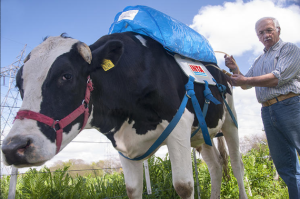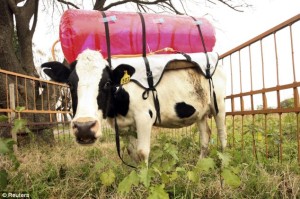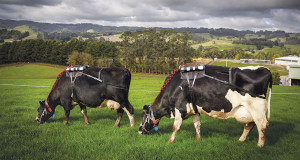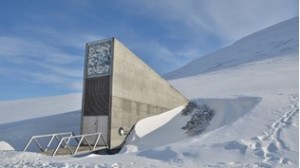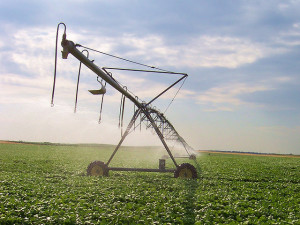Peter Lobner
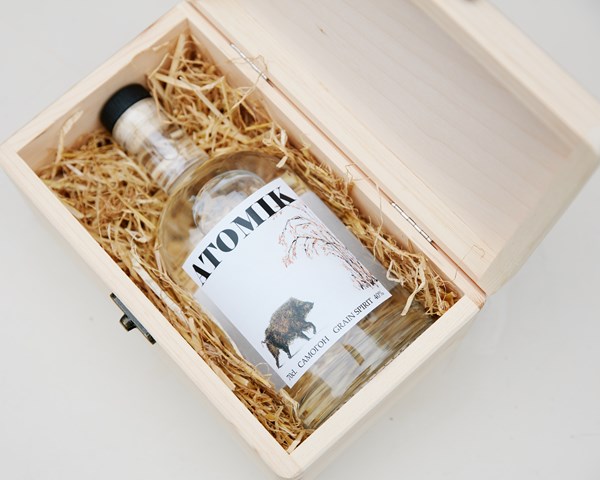
This is a radioactivity-free vodka produced by The Chernobyl Spirit Company from grain and water in Chernobyl’s abandoned zone. The website for ATOMIK vodka is at the following link: https://www.atomikvodka.com
While this product has been widely reported in that past few days, the website offers the following notice:
“WARNING: Sorry, but we’ve only got one experimental bottle of ATOMIK so far, so we can’t sell you anything yet. But if you want to find out more about what we’re trying to do please carry on reading.”
The website is quite interesting and I encourage you to take the time to visit the site. Following is a summary of some key points from the website and a supporting technical paper.
Background
The members of the ATOMIK vodka technical team are:
- Jim Smith, Professor of Environmental Science at Portsmouth University, UK
- Gennady Laptev, Head of the Radiometric Laboratory at the Ukrainian Hydrometeorological Institute
- Kyrylo Korychensky, a geologist and radiochemist currently completing his PhD at the Ukrainian Hydrometeorological Institute. Kyrylo’s family has long experience of distillation and he is the Master Distiller of ATOMIK grain spirit.
The team explained their basis for creating ATOMIK vodka.
“Our group of Ukrainian and UK scientists has been studying the transfer of radioactivity to crops both in the main Exclusion Zone (CEZ) and in the Narodychi District within the Zone of Obligatory Resettlement, where land can’t officially be used for agriculture, but people still live.
The research shows that in many areas land could now be used to produce crops, which are safe to eat. As every chemist knows, distillation of fermented grain leaves many heavier elements in the waste product so the distillate alcohol is more radioactively “pure” than the original grain. We have used distillation to reduce radioactivity in the grain even further to make a product from Chernobyl which we hope people will want to consume.”
The ATOMIK vodka product
The ATOMIK website contains the following description of the product.
“ATOMIK is a grain spirit (or “moonshine”), a homemade vodka made by people in villages all over Ukraine, Belarus, Poland and Russia since about the twelfth century.
Grain spirit has more flavour compounds than vodka – by double-distilling and filtering, we are trying to produce a grain spirit which keeps the flavour and character of homemade vodka (“samogon”) but isn’t quite as rough around the edges. We dilute our distillate with a mineral water from the deep aquifer below the town of Chernobyl about 10 km south of the nuclear power station. It is pure and of high quality, having characteristics of a typical limestone aquifer such as that found in the South of England or the Champagne region of France. We’re currently trying to work out exactly how many thousands of years old this water is but it definitely wasn’t anywhere near the surface in 1986.”
The distillate alcohol experiment
On the Atomic vodka website, the technical team reported on their radiochemical analysis of ATOMIK:
“We have been doing studies to see how much radioactivity transfers from soil to crops in the Chernobyl abandoned areas more than 30 years after the accident. We found that, at our site in the main exclusion zone, radiocaesium in rye was below the (quite cautious) Ukrainian limit but that radiostrontium was a bit above the limit. But when we made ATOMIK grain spirit from the grain, we could find no Chernobyl-derived radioactivity in the distilled alcohol.
The water used to dilute the distillate to 40% alcohol is a mineral water from the deep aquifer below the town of Chernobyl about 10 km south of the nuclear power station
The laboratories of The Ukrainian Hydrometeorological Institute and the University of Southampton GAU-Radioanalytical could find no trace of Chernobyl radioactivity in ATOMIK grain spirit. Out of scientific curiosity we’re going to try even more sensitive analytical methods to see if we can find something – nothing on Earth is completely free of radioactivity.”
The August 2019 technical report, “Distillate ethanol production for re-use of abandoned lands – an analysis and risk assessment,” by Jim Smith, Gennady Laptev, et al., shows the location of the experimental plot for ATOMIK grain harvesting relative to the areas around the Chernobyl site that were contaminated by Cs-137. The site is in an area that received a relatively low level of Cs-137 contamination.
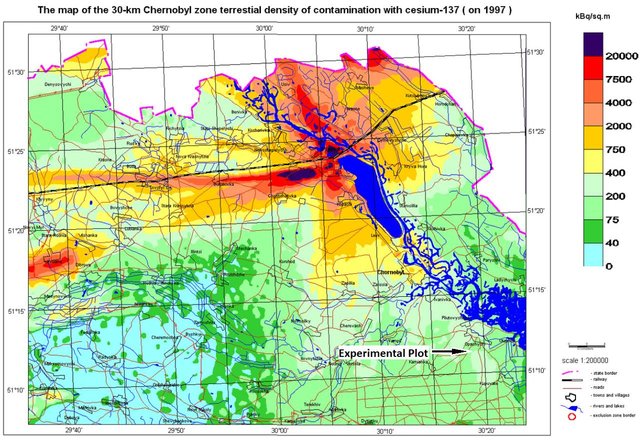
This report summarizes the results of the analysis as follows:
- The rye grain had elevated levels of Cs-137 and Sr-90, but Pu and Am isotopes were below detection limits. The Sr-90 activity was slightly above the Ukrainian limit of 20 Bq kg-1.
- There were no artificial radionuclides observed in the distillate ethanol (diluted to 40% with Chernobyl Town groundwater) sample.
- The low energy beta analysis recorded an estimated 58 Bq/L, which we attribute to natural C-14 consistent with the expected activity concentration of natural C-14 in ethanol at this dilution.
It seems that ATOMIK is as safe to drink as any comparable grain spirit.
You can read the complete paper here: https://www.researchgate.net/publication/334988042_Distillate_ethanol_production_for_re-use_of_abandoned_lands_-_an_analysis_and_risk_assessment
When The Chernobyl Spirit Companyis able to offer ATOMIK for sale, a key market will be the increasing number of tourists who now visit the Chernobyl exclusion zone. The Chernobyl Spirit Companyhas stated that at least 75% of profits from sales of ATOMIK will go to supporting communities in the affected areas and wildlife conservation.
While you can use the toast ‘na zdorovya’ in Ukraine, a more traditional Ukrainian toast is ‘budmo’ (cheers). When you hear the toast ‘budmo,’ reply back with a hearty ‘hey’! Keep that toast and reply cycle going and the evening will go by very quickly.
Best wishes for success to the The Chernobyl Spirit Company. I’m looking forward the day when I can get a bottle of ATOMIK at my local liquor store.
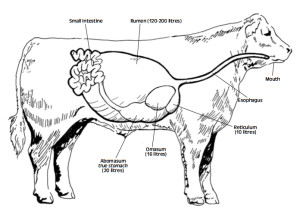
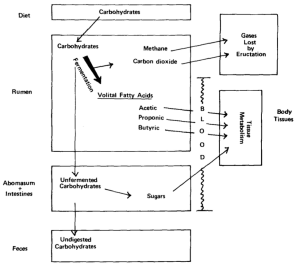
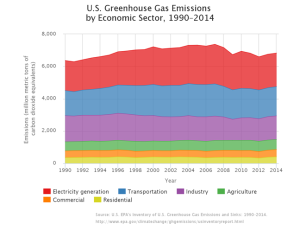

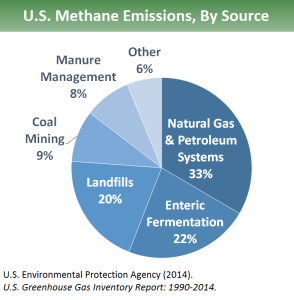
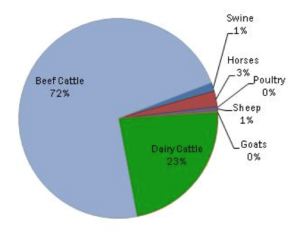
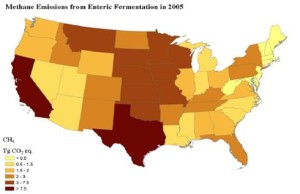
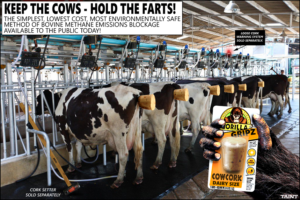 Source: Taint
Source: Taint